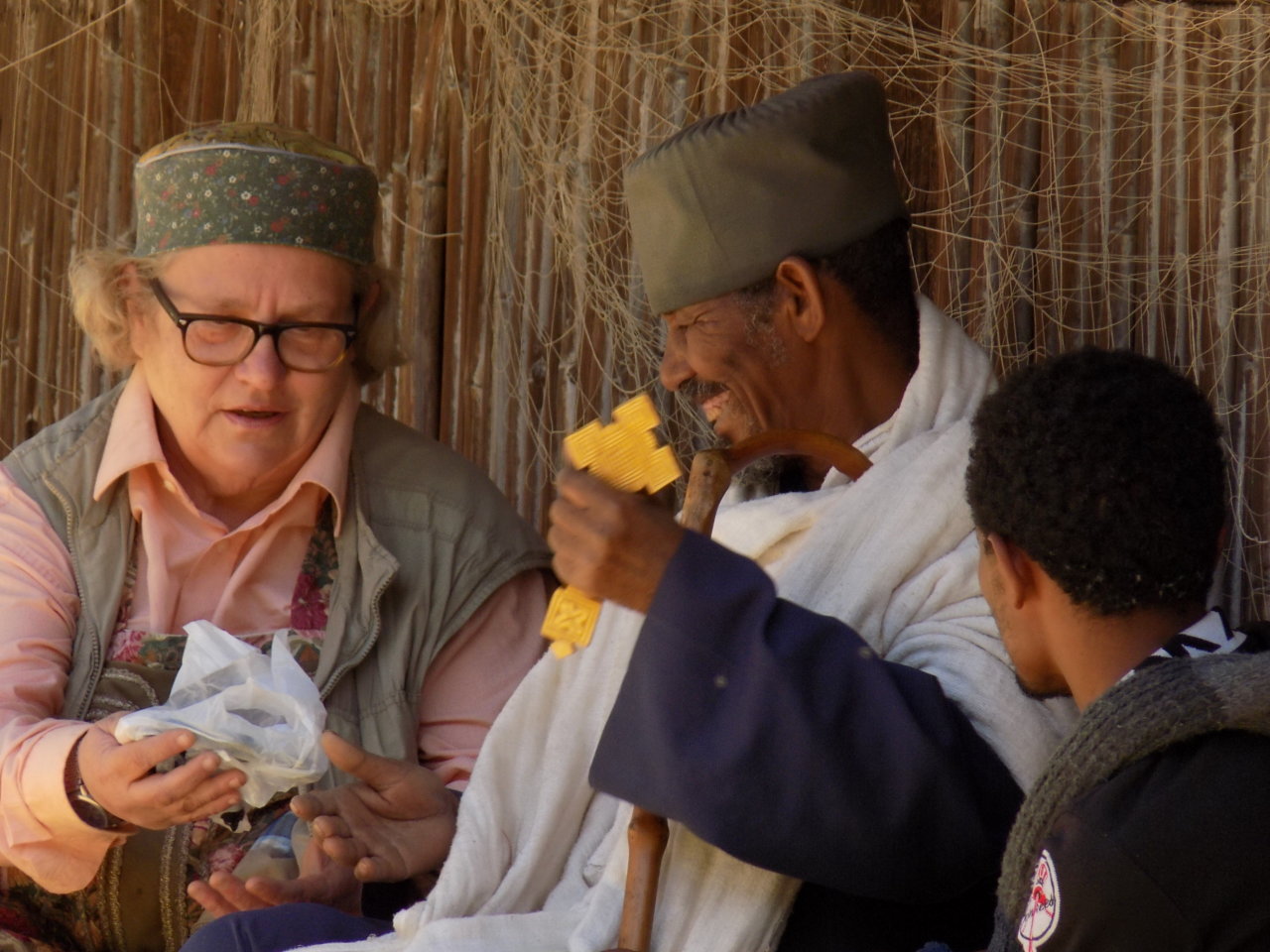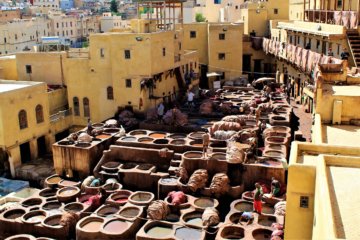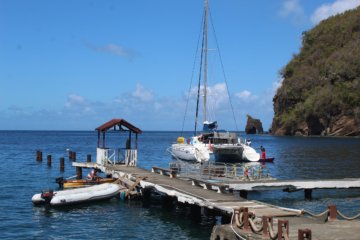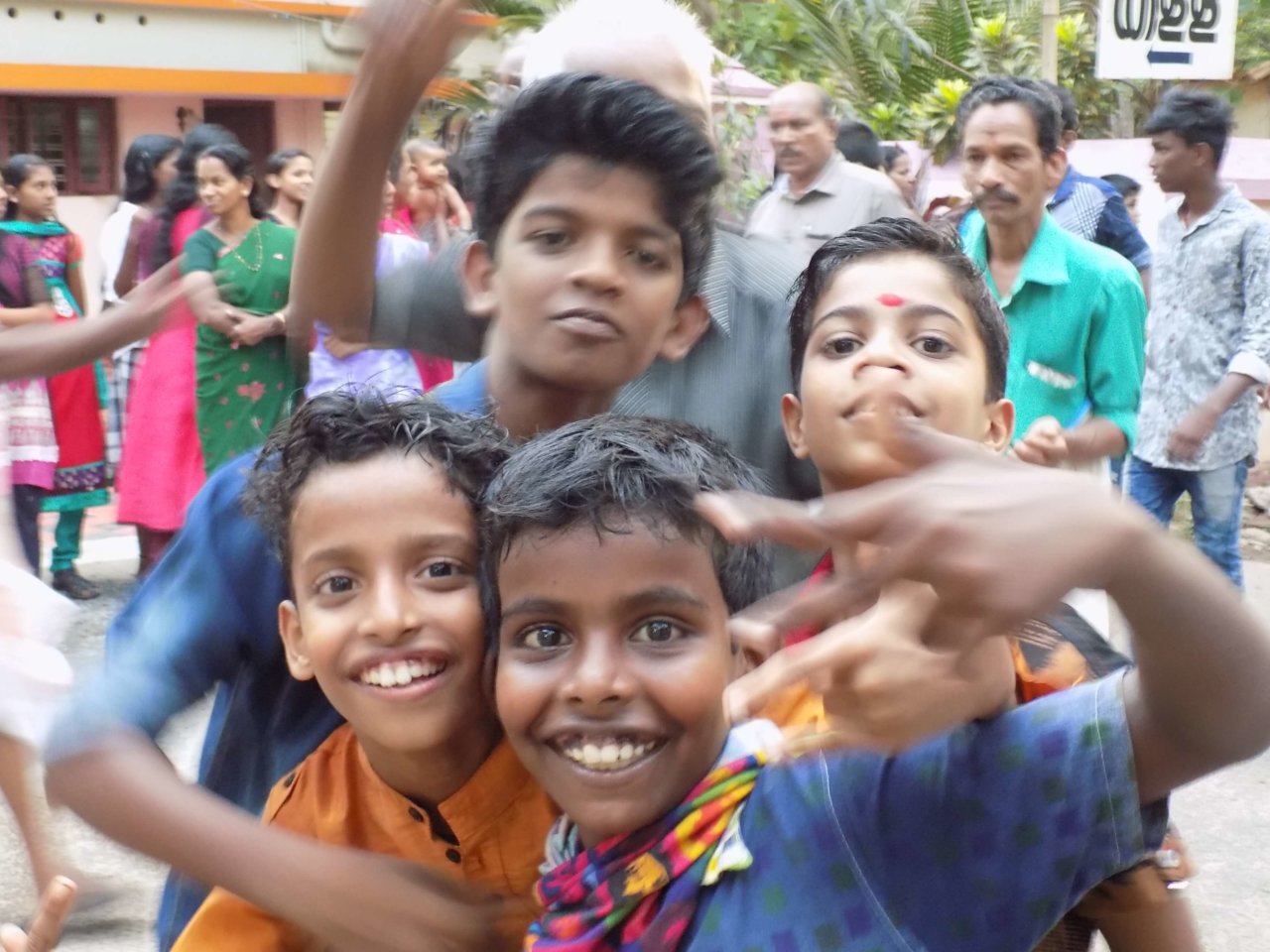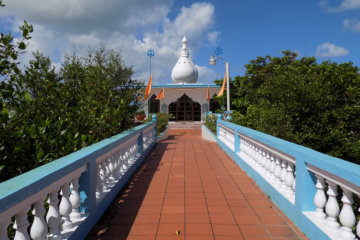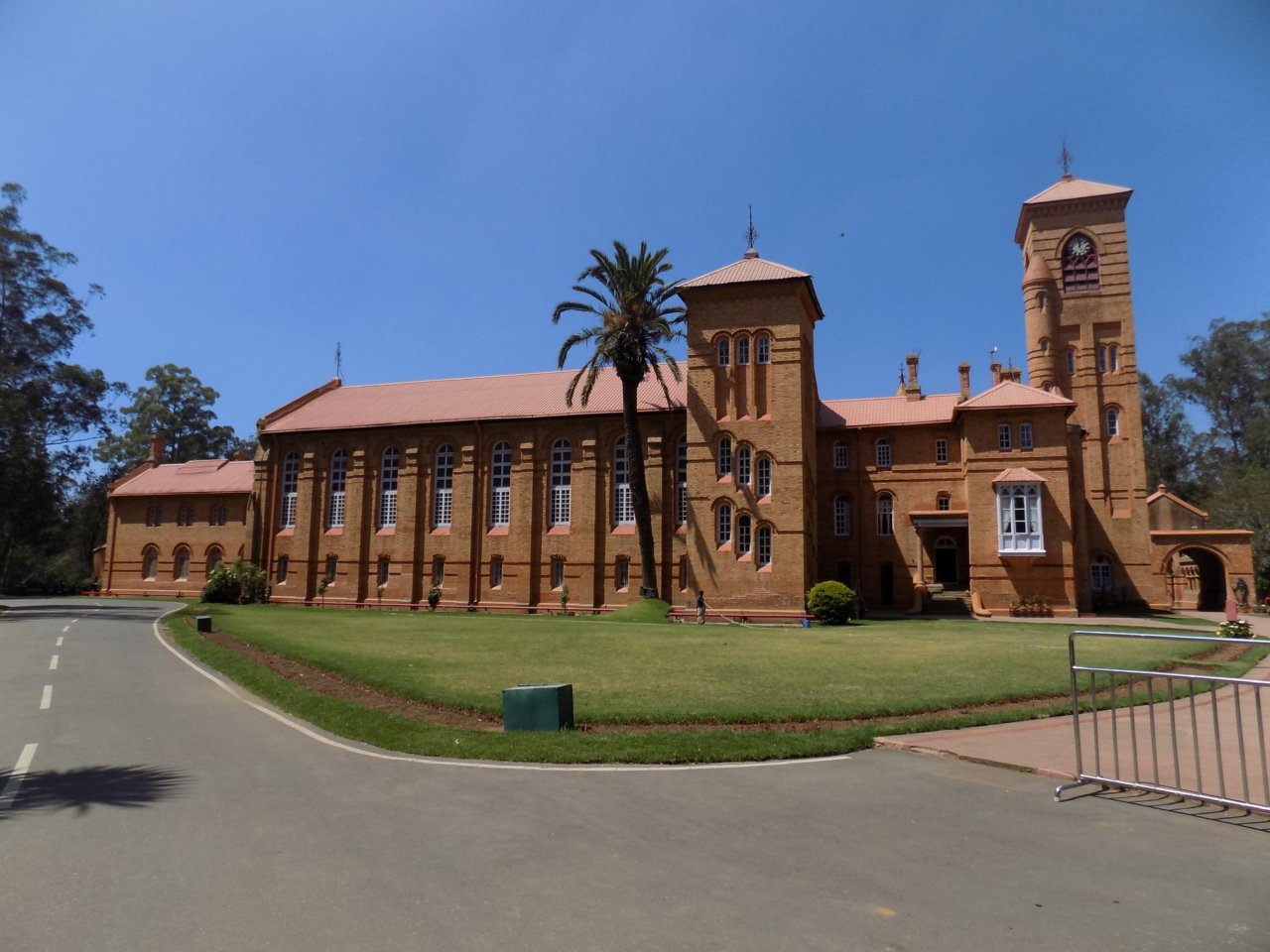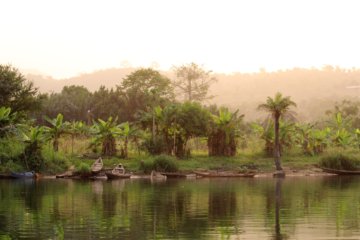Whilst spending a few days in Gondar, we took the opportunity to take a day trip to Gorgora, Ethiopia. This little-visited resort on the north shore of Lake Tana, 60km southwest of Gondar, had earned itself a reasonable write-up in our Lonely Planet guidebook, so we thought it merited a little effort on our part.
In this article, I will tell you all you need to know about Gorgora, Ethiopia. For information on other places to visit in this amazing country, as well as travel tips, please read my Complete Ethiopia Travel Guide.
In this article
Getting to Gorgora
By Car
The easiest way to get to Gorgora is by car from Gondar. It isn’t the cheapest option. Expect to pay around $US100 per person for a day trip with a guide or $US60 for a taxi one-way. The journey should take a little over an hour on the newly-completed E33 highway. When we did the trip, the road was still very much under construction and it took us several hours!
Domestic Flight
Ethiopia has a surprisingly extensive network of domestic flights operated by Ethiopian Airlines, Africa’s most respected airline. There are daily flights from the capital Addis Ababa to most cities across the country, including Gondar and Bahir Dar. From these cities, you can take public transport to Gorgora.
Find your flights
By Public Transport
Bus
The local bus leaving from Gondar is by far the cheapest option and is, at the very least, a real African experience. From 5am onwards the bus gradually fills with people and departs once the driver considers it full. There is usually an afternoon bus as well that departs between 12 and 2pm. Travel time varies from 3 to 6 hours!
There is a fast bus connection between Bahir Dar and Gondar which takes approximately 3 to 5 hours.
Ferry
There is a ferry across Lake Tana from Bahir Dar to Gorgora. It runs once a week and takes two days to make the crossing. It’s not an easy journey, but it’s a must for die-hard travellers! We met a British guy in Gorgora who had cycled from Cairo, down through Sudan and into northern Ethiopia. He planned to catch the ferry but had missed it by a day. When we parted company, he was still debating whether to cycle on or rest up for a few days!!
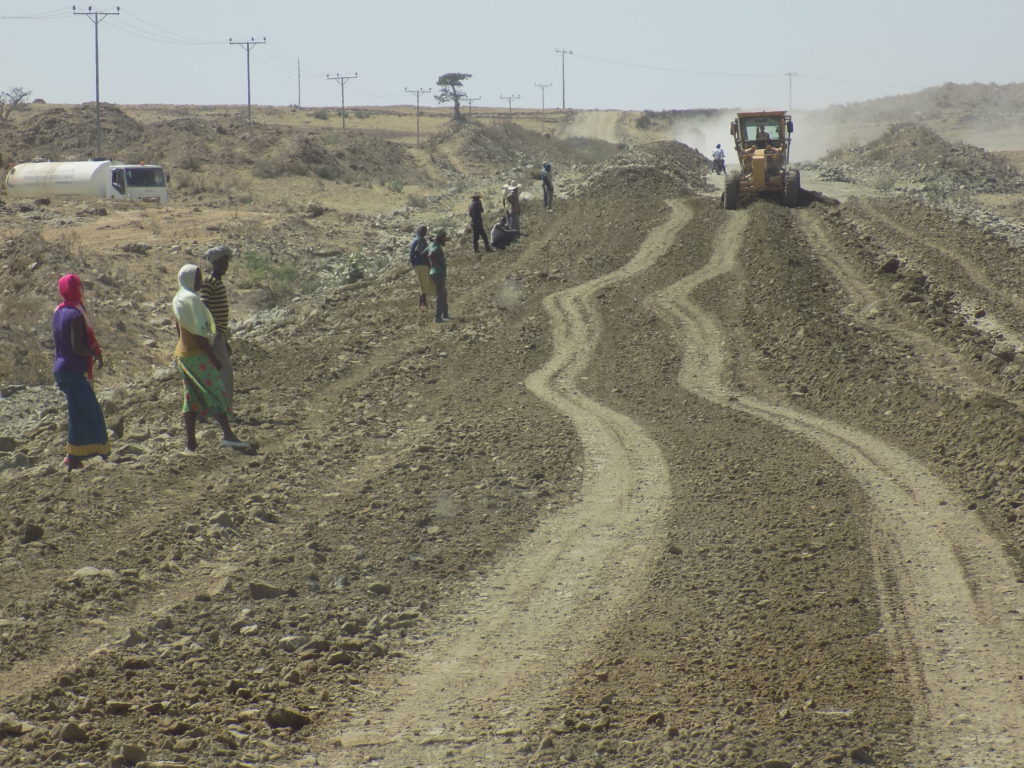
Things to Do and See in Gorgora
Gorgora itself is a singularly unattractive, unappealing one-street town. There is little to suggest that this was once the capital city. Don’t be deterred, however!! Head out of town and you’ll find plenty to detain you for a day or two.
Gorgora Port
The meeting point for all visitors to Gorgora appears to be the Gorgora Port Hotel. It has undoubtedly seen better days. It is very run down and not particularly clean. It does, however, serve very good coffee, and the gardens provide a pleasant-enough place to drink it whilst you wait for your guide.
Other than us, the only tourist in town that day appeared to be a Russian lady who had also come from Gondar and who followed our every move for the entire day!
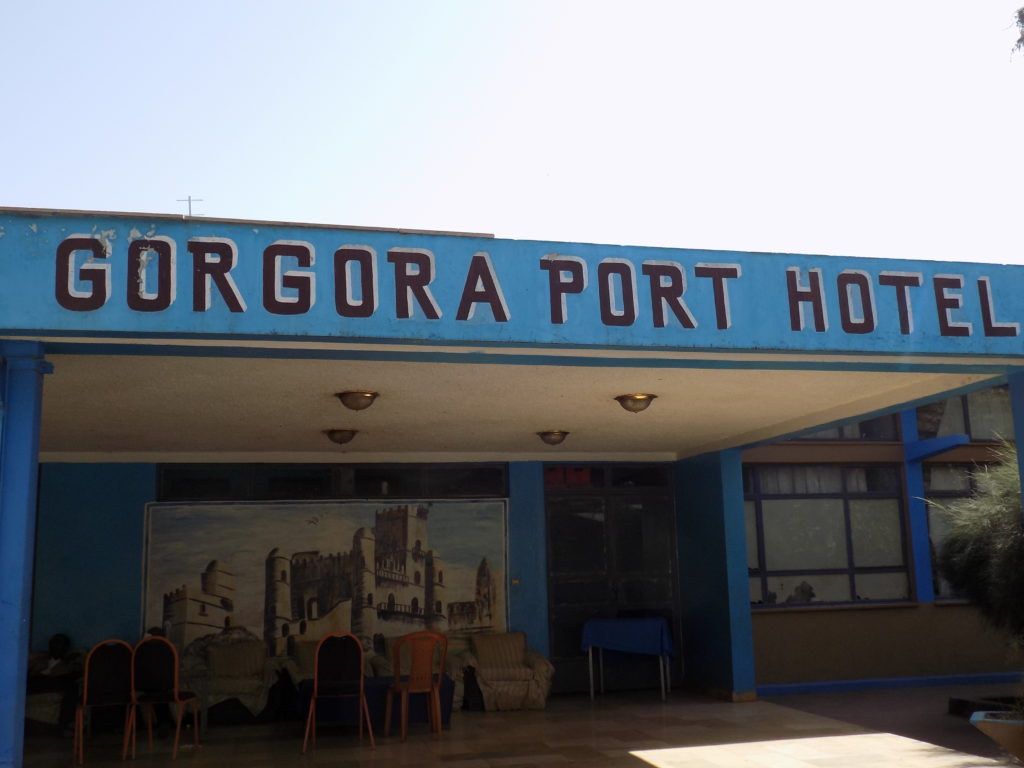
When our guide arrived, he took us first to the ‘port’. In reality, this is a simple jetty from where the weekly ferry service across Lake Tana to Bahir Dar leaves. He told us that it is a well-used route, carrying 1000 passengers at a time. We saw the boat and certainly wouldn’t fancy being on board with 998 other people! We were also shown the papyrus fishing boats used by the local people. These boats are totally bio-degradable and have to be replaced every couple of months.
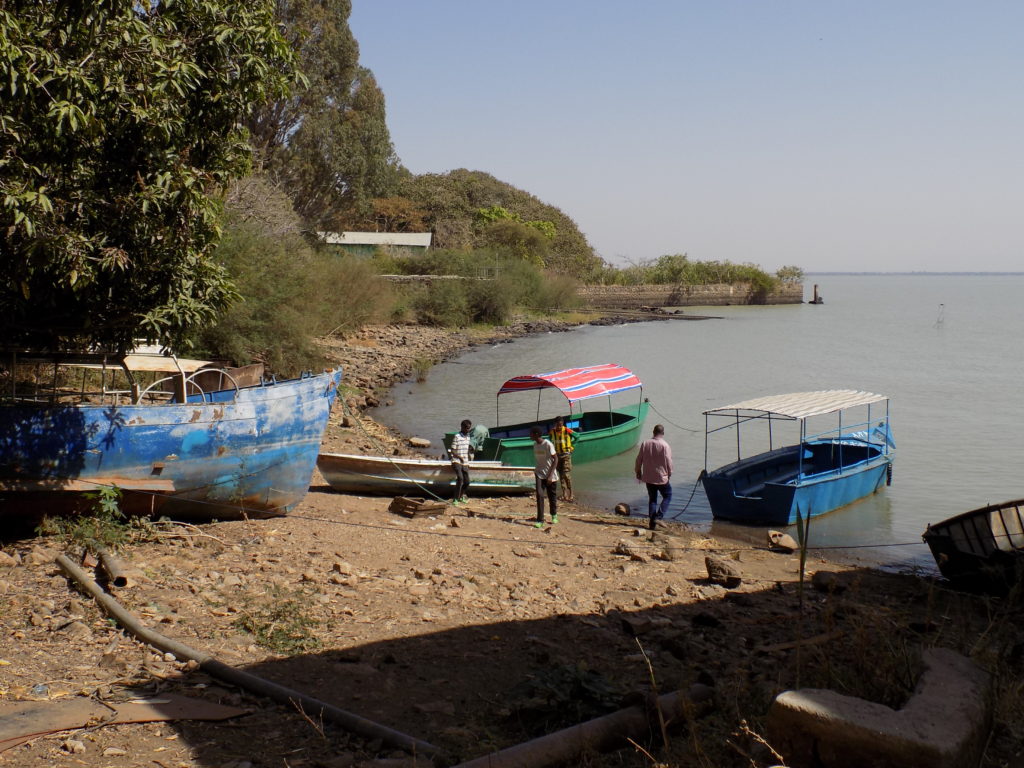
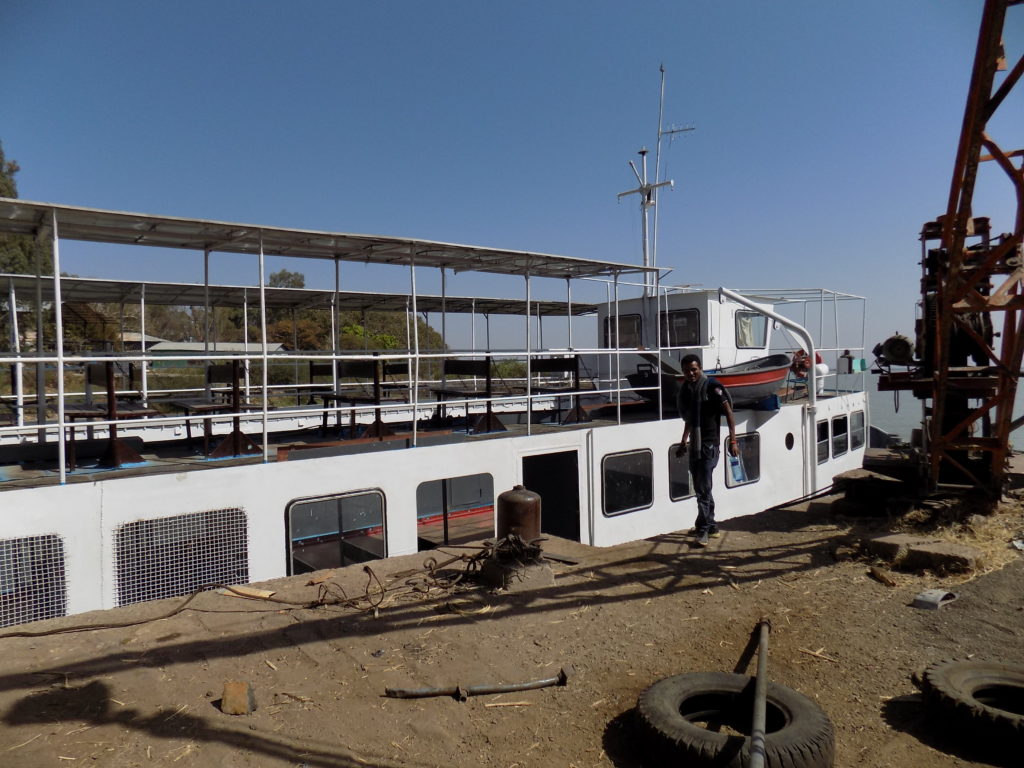
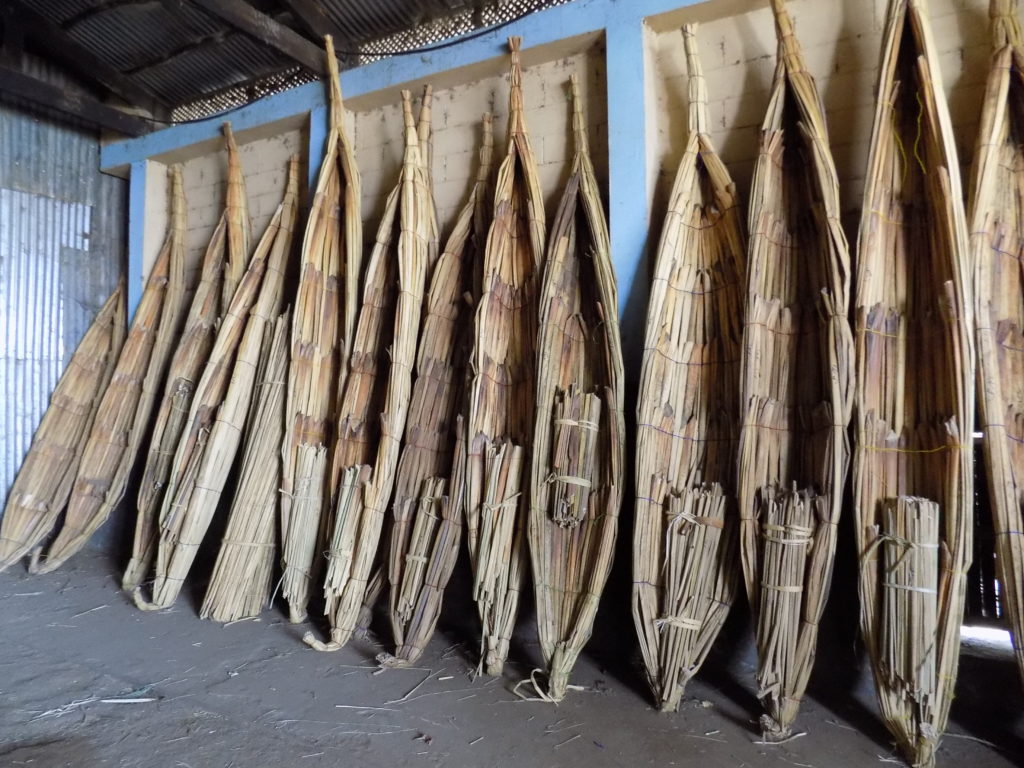
Debre Sina Church
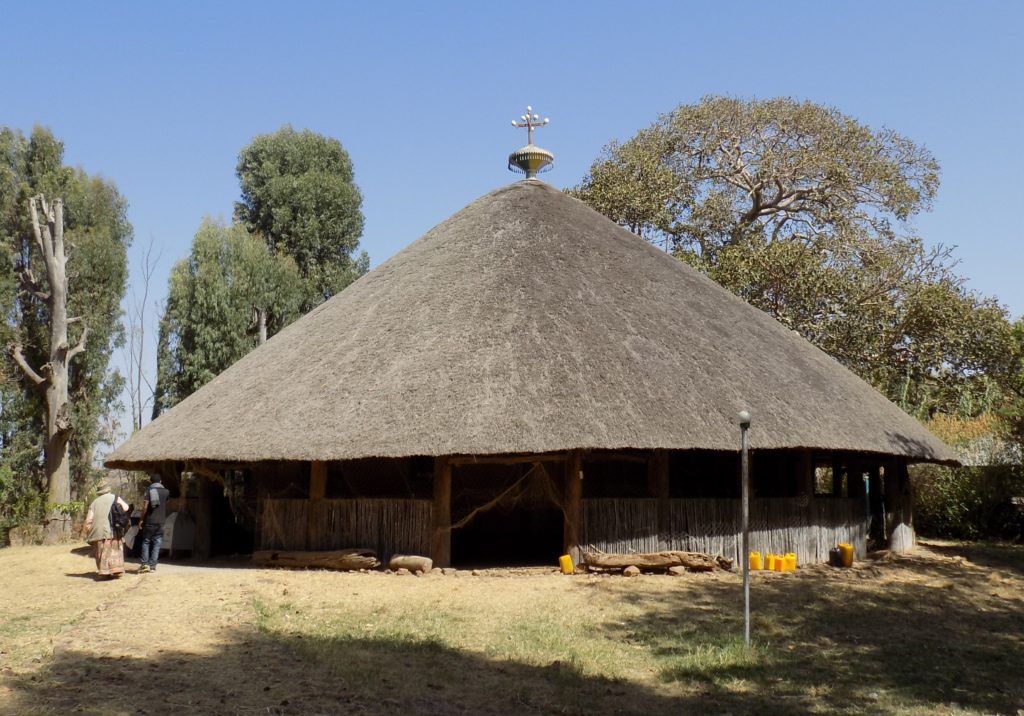
Our next stop was Debre Sina Church, the most interesting relic of Gorgora’s former days as a short-lived capital. It is an attractive building with a thatched roof. It was built in 1608 by Fasiladas, the son of Emperor Susenyos and the future founder of Gondar, on the site of a fourteenth-century monastery. Inside, there are unique original paintings. They are older and less vivid than the paintings in the monasteries on the southern side of the lake, and interesting because of it. We found out that the Russian tourist had made the journey to Gorgora specifically to see these works of art. Locals believe that one of the paintings, the ‘Egyptian St Mary’, has the power to heal.
To us, the church was very similar, both externally and internally, to many other churches we had already visited in Ethiopia, but it was interesting, nevertheless. We met the incumbent priest and two of his deacons. Seventeen novice monks and one elderly nun live in the monastic compound surrounding the church. We were invited into one of the simple dwellings shared by two of the monks while they study before taking their holy orders.
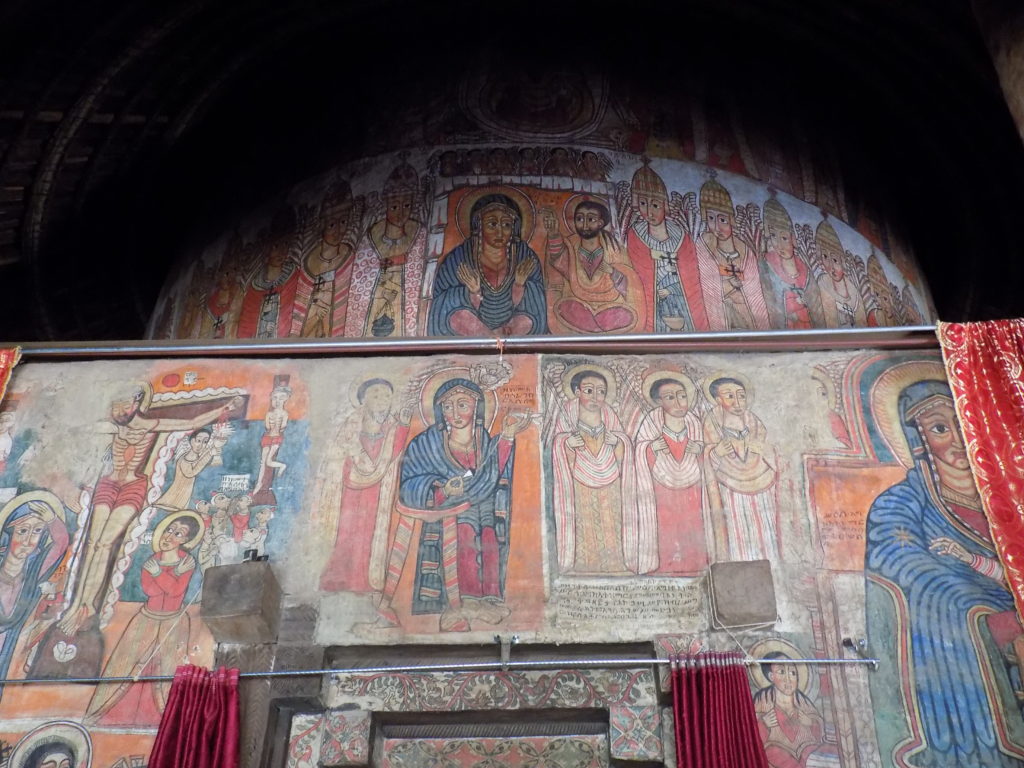
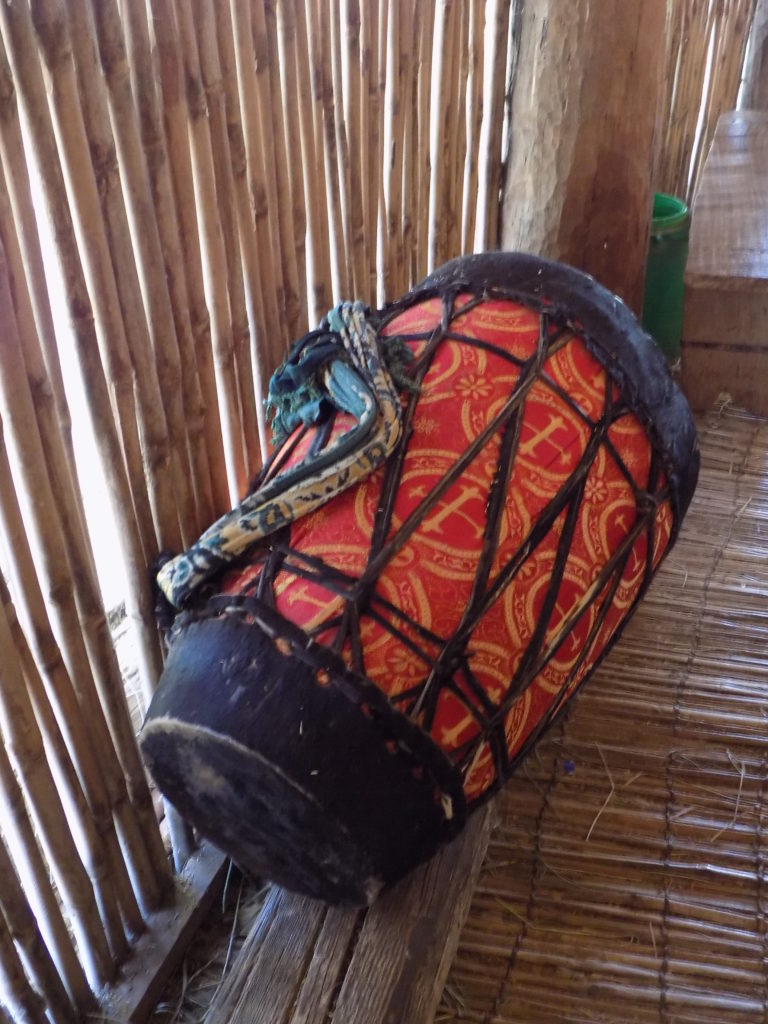
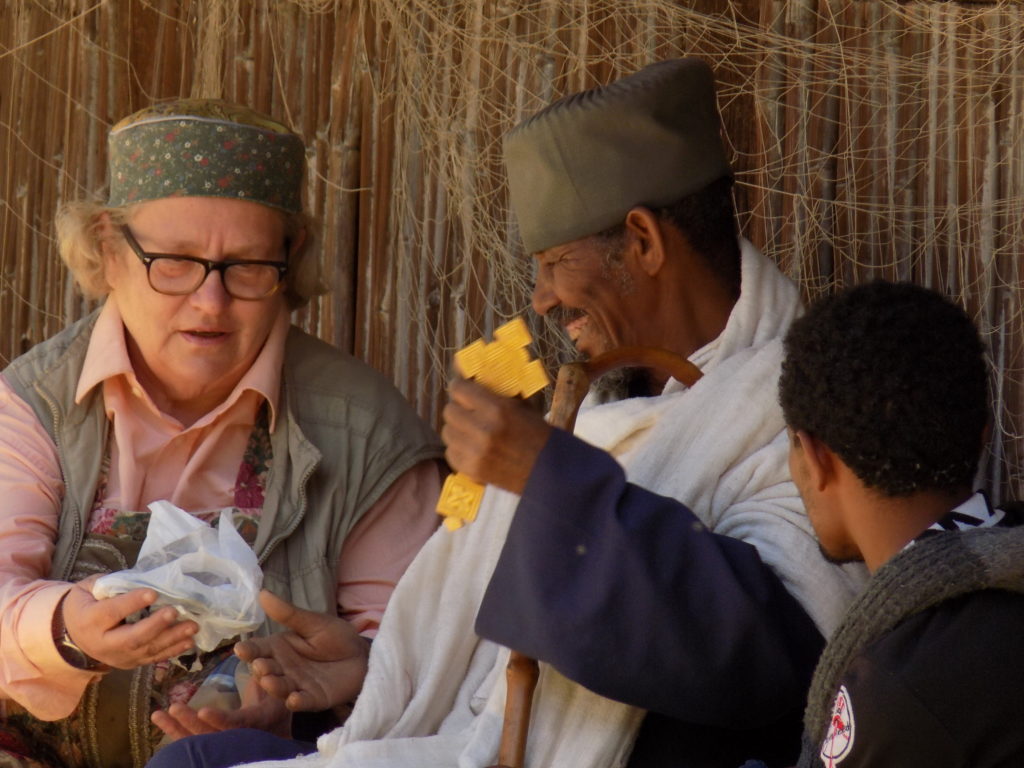
Wildlife
The nature in and around Gorgora is overwhelming. Many birdwatchers come to the area, drawn here by the abundance of bird species found on Lake Tana. There are ancient trees along the shore which provide nesting sites for weaver birds and other species. The lake also attracts a number of water birds including fish-eagles, ibises, storks, silver herons, pelicans and kingfishers.
As well as birds, the lake is home to hippo, baboons, antelope, Nile lizards, hyena and many other types of animal.
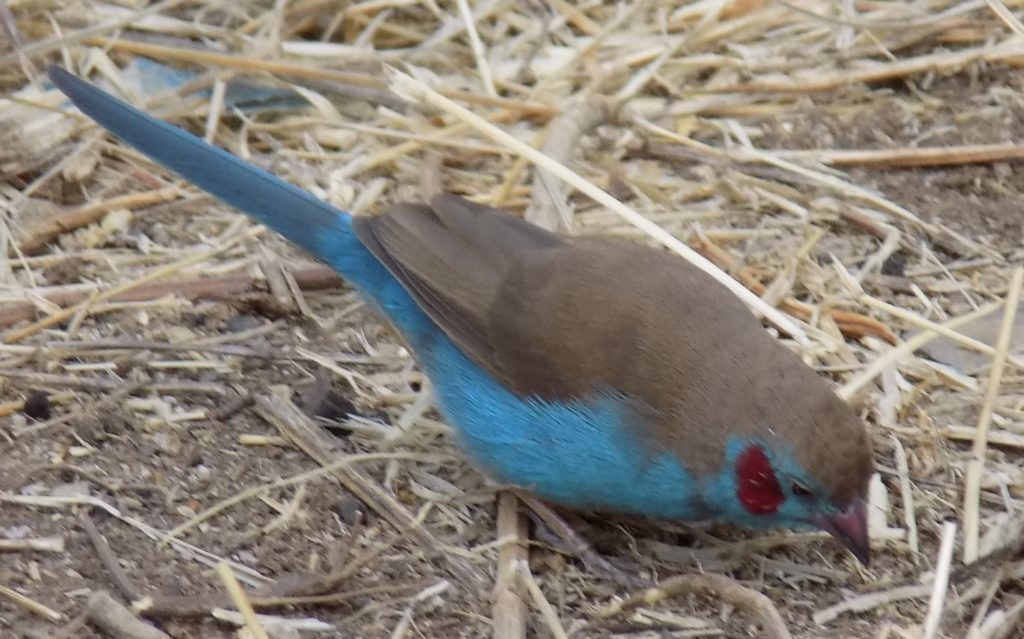
Tim and Kim Village
We asked our guide to take us to Tim and Kim Village for lunch. We had read about it in our Lonely Planet Guide and were interested to see it. It turned out to be an idyllic place on the banks of the lake, and we were more than happy to be left there for a few hours while our guide and driver returned to Gorgora to eat.
Tim & Kim Village is a resort and campsite just outside Gorgora. It was set up a few years ago by a Dutch couple with the aim of helping the local population through offering employment and training. Profits are used to finance projects in Gorgora.
The resort has a number of well-appointed stone-built cottages for guests to stay in, as well as pitches for people who bring their own tents. A large circular structure in the centre of the resort serves as the bar, restaurant and meeting point.
Guests can swim in the lake, go birdwatching, or simply chill.
Unfortunately, we didn’t get to meet Tim and Kim as they were on holiday back in Holland. However, the place was being looked after by a young couple, Nico and Farah, who made us very welcome. They encouraged us to look around and served us ice-cold beer and delicious toasted sandwiches for lunch.
We spent a lovely relaxing afternoon and hope to return for longer at the end of our next long overlanding trip through Africa.
I would suggest that Tim & Kim Village is the only place you would want to stay in the Gorgora area.
Prices
Lodge with private facilities:
- Double or twin – €32.75/night
- Single – €27/night
Mudhouse with shared facilities:
- First person per night – €11.50
- Extra person per night – €3.70
Camping:
- Travellers with their own camping gear – €3.50/person/night
- Children under 12 – free
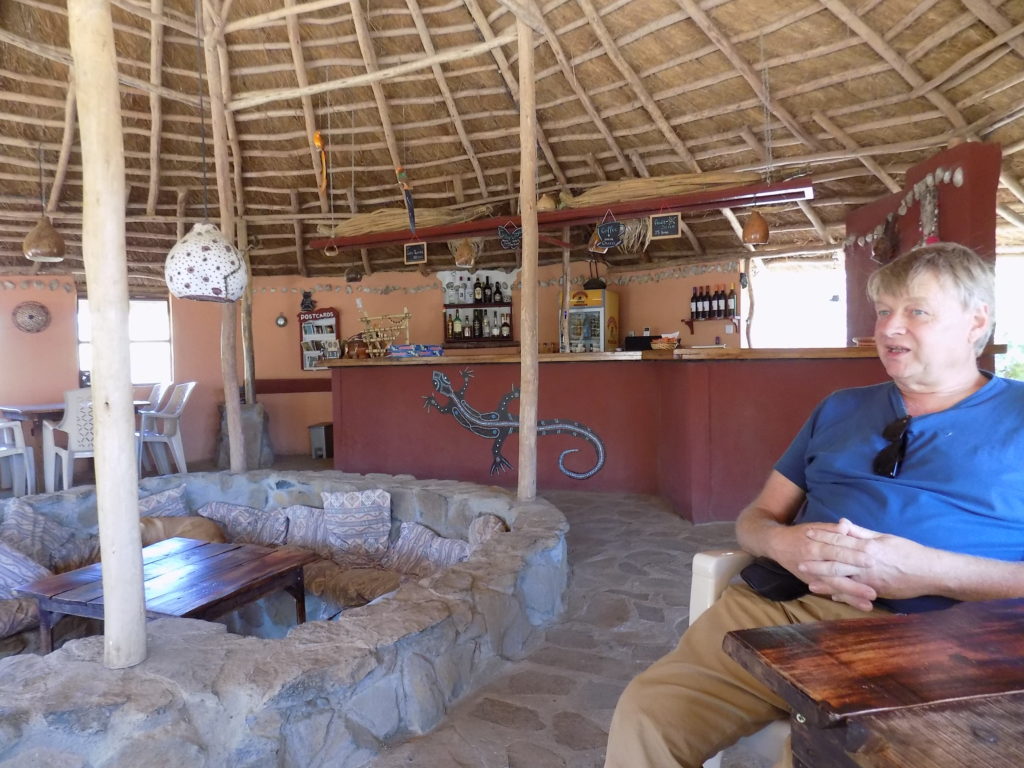
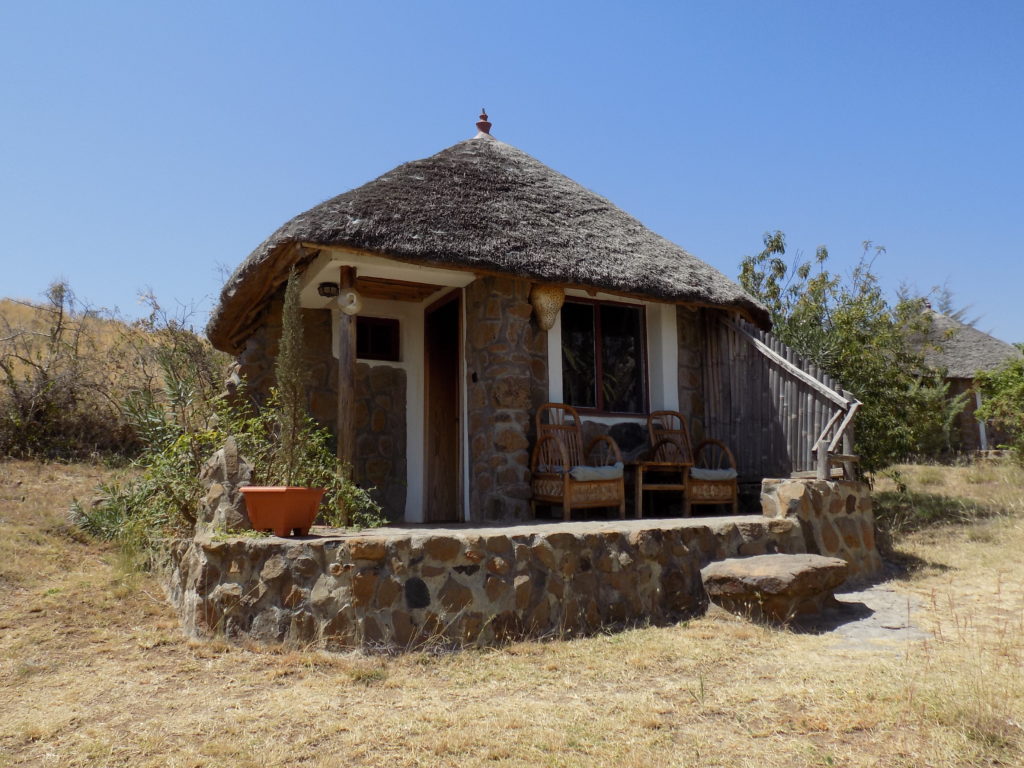
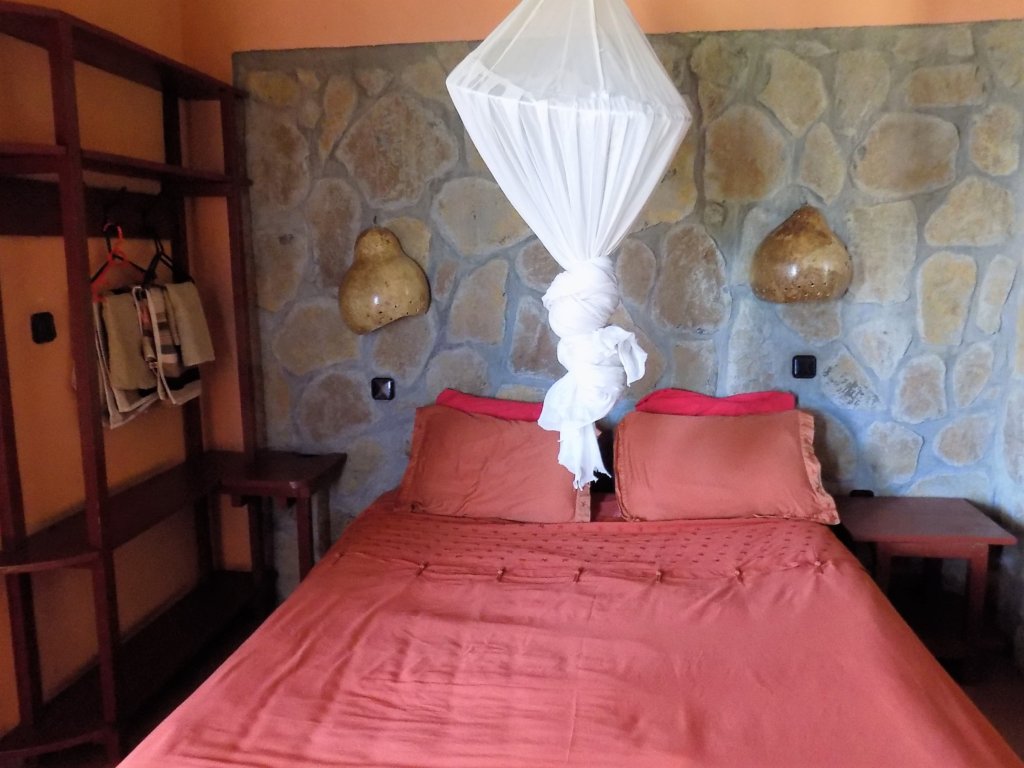
Further Reading
Book a Tour of Ethiopia
While it is perfectly possible to visit northern Ethiopia independently, why not book a tour and let someone else take care of the transport and accommodation arrangements?
Whenever we visit a new destination, we try to book tours with local guides. There’s no better way to get under the skin of a place! We use Viator when we want to uncover interesting things to do in a new area. They’re easy to use and book with, and we’ve had some amazing experiences with them.
Check out these tours:
Book Accommodation in Ethiopia
If we’re travelling independently, we always use Booking.com to find our accommodation. We like their website because it’s easy to use and their prices usually beat every other platform.
Book Flights to Ethiopia
CLICK HERE TO READ MY COMPLETE TRAVEL GUIDE TO ETHIOPIA
If you like what you’ve read, PIN IT!!
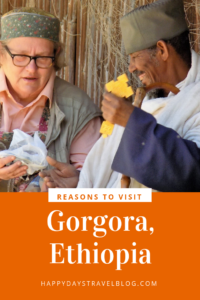
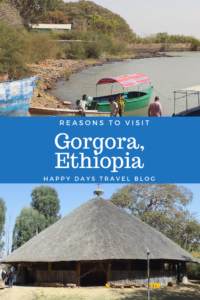
Disclosure: This post contains affiliate links. If you click through for more information, or to make a purchase, it may result in a small commission coming my way. Please note that there is no extra cost to you associated with this. Thank you so much for supporting my site.
Join our mailing list

Sign up to receive our monthly newsletter. Keep up with what we're doing and be the first to receive special offers and insider tips.

